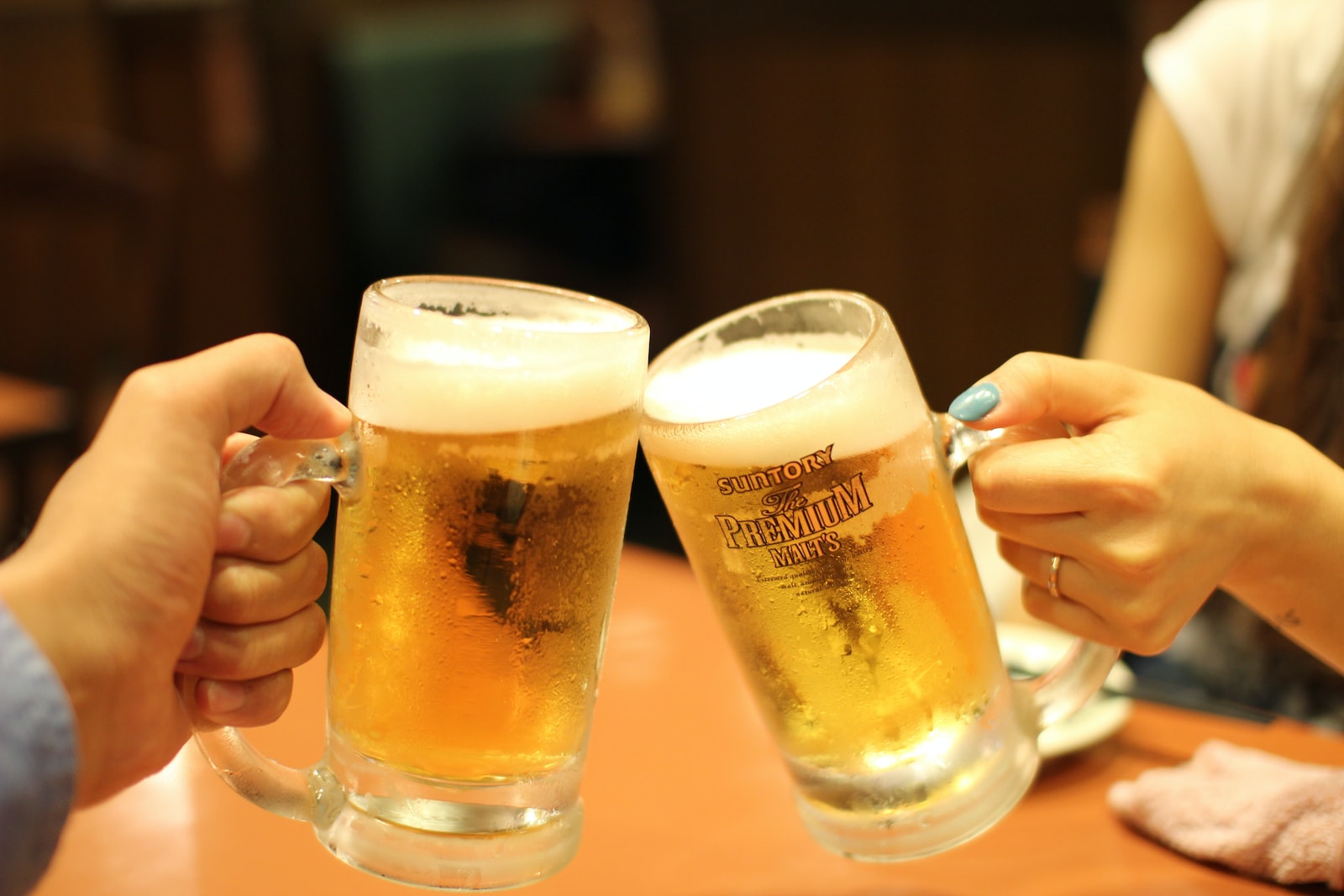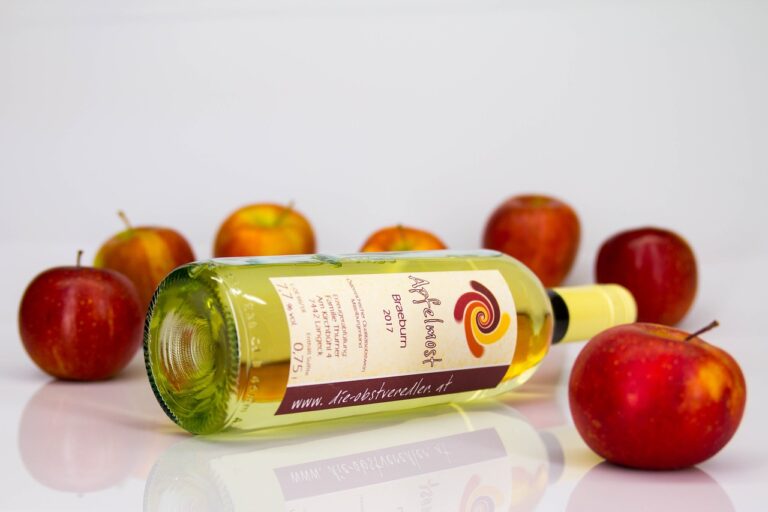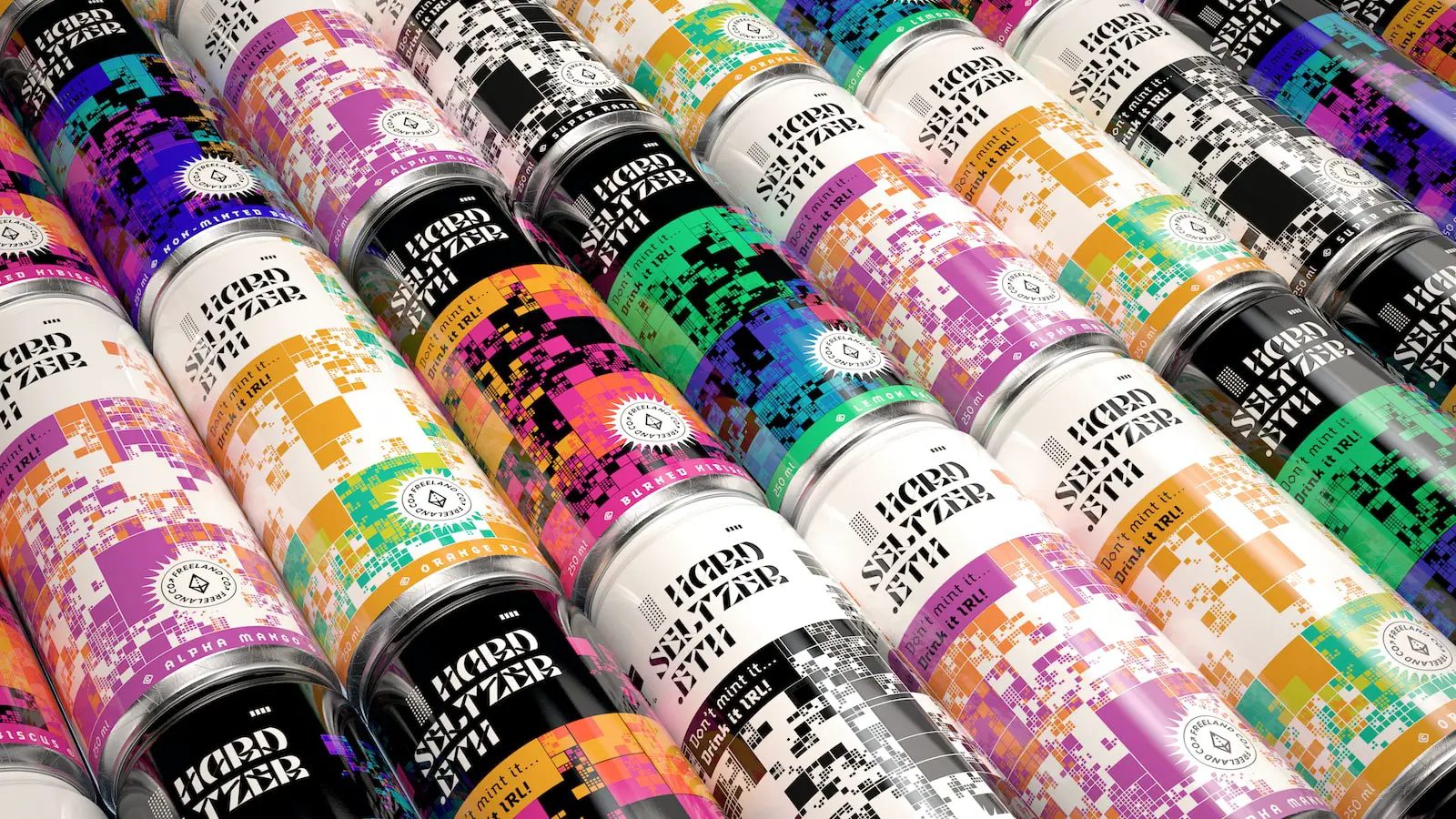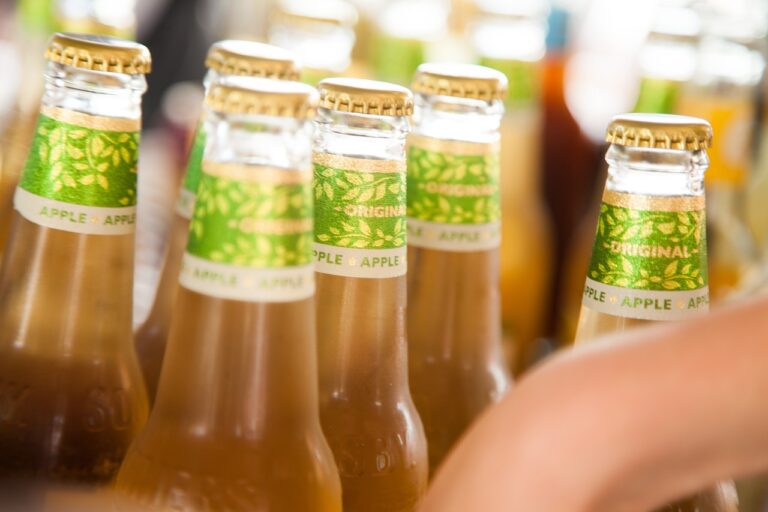Beer is a perishable good that you need to keep under pressure and refrigerate all the time. Even though you can keep beer at room temperature, it will not have the same power and taste when you finally drink it.
Having your beer placed in a keg after exiting the brewing production is a great thing to do.
Besides glass bottles and aluminum cans, metallic kegs are the next big popular containers to use and keep the beer safe. It may undergo pasteurization through the keg and still be fresh when you finally drink it.
Today we will analyze the issues of beer perishing when you place it in a keg, whether it’s tapped or untapped. Tapping has to do with the way you place the dispenser to let the beer out of the keg when you want to serve it.
Some tappers use extra carbon dioxide pressure, while others are less effective and use only atmospheric air power to do so. Let’s examine all the various ways to keep beer in a keg and how it can affect its final taste, quality, and aromas.
Beer Is a Lot Better to Keep Fresh in a Keg
When beer comes out fresh from the barrel, it will need to enter a bottle, a can, or a keg. The latter is the preferable way to keep beer and distribute it to large-scale consumers like bars and restaurants.
Keeping the beer fresh in a keg is something that people have known from the early beginning of the industrial age. When people started using carbon dioxide and keeping it in metallic vials, kegs were the first containers to create.
It is better to talk a little bit more about kegs and their special features to ensure that you know exactly what is needed to keep your beer fresh for the longest possible period.
Kegs Made of Stainless Steel Can Protect Beer
New-style kegs are manufactured with stainless steel. It’s the only metal that is widely available, affordable, and can withstand the pressures to keep the beer inside.
Even though the carbon dioxide pressure is not that big, it would require a stable metallic keg to have the best foamy experience from your beer.
We have seen new kegs made of other materials like plastic or Bakelite, but they are not as popular as the stainless-steel ones. Not to mention that stainless steel will not react with beer under any circumstances.
That’s why it can be the best possible solution to keep your beer fresh for a long time. Generally, beer would be kept fresh in a keg only for a period of up to 6 months. That’s why you need to consume it before that milestone to ensure the best possible taste and flavors.
Tapped Kegs Use Carbon Dioxide to Keep Beer Unperishable
Tapped kegs will need to use carbon dioxide to keep beer non-perishable in their containers. The dispenser applied on the top of the keg allows some external carbon dioxide to come inside the keg as it replaces the amount of beer extracted.
We all know that carbon dioxide pressure is easy to keep beer fresh and can give you the best possible foamy conditions when you finally need to serve it to your customers.
Untapped Kegs Are More Likely to Allow Oxygen in the Beer Mix
People who use untapped kegs are the ones that have them in places where they cannot place a permanent carbon dioxide vial and dispenser. For that reason, untapped beer kegs work with atmospheric pressure.
They allow some air to enter the keg until the beer is finally extracted from it completely. That air contamination of the beer can oxidize it and make it go off in a matter of hours.
Using Tapped Kegs Can Also Be More Popular in Restaurants
Tapped kegs are more popular in restaurant and bar settings. That’s why you can be sure to expect the best possible beer quality and freshness when you drink beer from there.
Tapped beer kegs usually are kept in the refrigerator and have no contact with the air or the sunlight. It’s the best possible way to keep beer fresh for the longest possible time.
Untapped Kegs are More Effective in Youth Parties and Gatherings
The most probable place to have untapped kegs would be when you see beach parties and young people who want to enjoy beer and serve it directly to the glasses. They know they will consume the whole keg in a matter of hours, and that’s why that way of placing a dispenser is less effective and could ruin the beer before the night comes.
Beer Will Eventually Go Bad in a Keg Needless If It’s Tapped
It’s also true that beer will eventually go bad no matter how well you preserve it in a keg. Metallic kegs kept in the fridge and away from the sunshine could easily be tapped.
They can keep the beer fresh after brewing for a long time, and this could take up to 4 or 6 months.
Even with tapped beer kegs, you cannot expect your beer to be drinkable after the six-month limit. The beer will eventually take a funny smell and taste.
Not to mention that the foamy experience will not be fascinating, and you will have to replenish your beer from other sources.
Final Words
Beer kegs are the best ways to transport beer from brewing factories to large-scale consumers like bars and restaurants. However, you need to know that beer is always a perishable product and be aware of its expiry date.
If you keep all the other factors like pressure, temperature, and light exposure controlled, your beer could be a lot fresher than you ever expected.
Kegs have tapped and untapped versions that are becoming the most impressive containers you can have to allow the beer to mature and be even better tasting when drinking it cold. Enjoying beer means having the best possible kegs at the right temperature!










